Read next
The latest news, updates and expert views for ambitious, high-achieving and purpose-driven homeowners and property entrepreneurs.

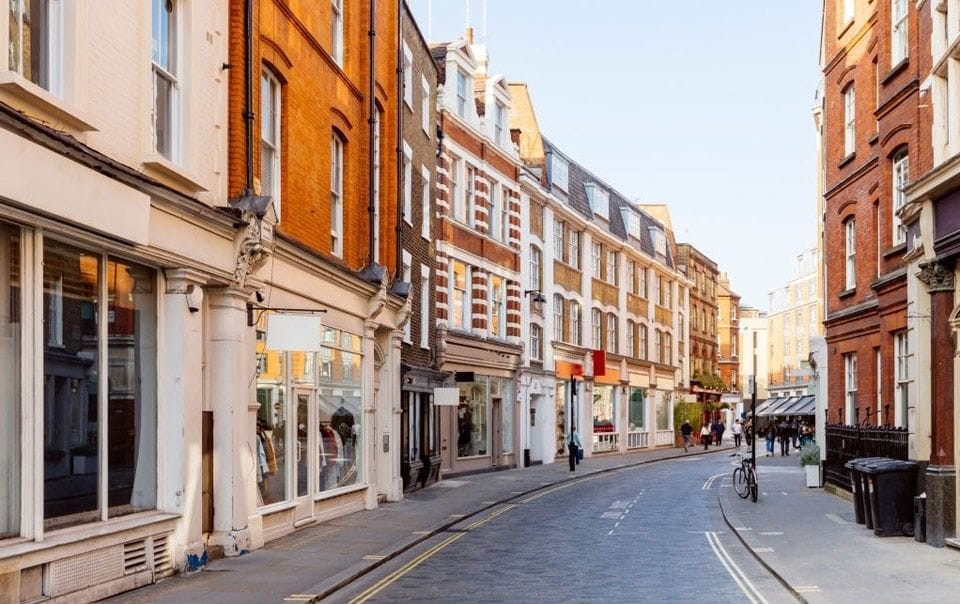
The government has confirmed that a new package of measures has been released in order to regenerate England’s high streets and shopping centres.
The legislation introduces a new permitted development right (PDR) that allows shop to residential conversions. In other words, the change of use from commercial, business and service uses (Use Class E) to residential use (Use Class C3) in England.
This might sound like good news because with the average English high street having numerous boarded-up shops, many of what once were hives of local social and commercial activity have fallen into disuse and neglect.
To stop this slide, the government has announced a new permitted planning development right. The new rules, made official on 31 March 2021 and coming into force on 1 August, enables the change of any building in Class E into residential use under permitted development.
As you may already know that Class E covers shops, offices, gyms, restaurants, workshops and many other types of commercial building. Put simply, this means that conversions from any of those uses, including retail, to residential will not require full planning permission if certain conditions are met. But, what are those conditions?
But before I share the conditions with you for converting shops to residential, let’s take a closer look at the reason why the Government has announced the introduction of new permitted development rights in England to allow change of use from commercial, business and service uses (Class E) to a residential use (Class C3) without requiring planning consent.
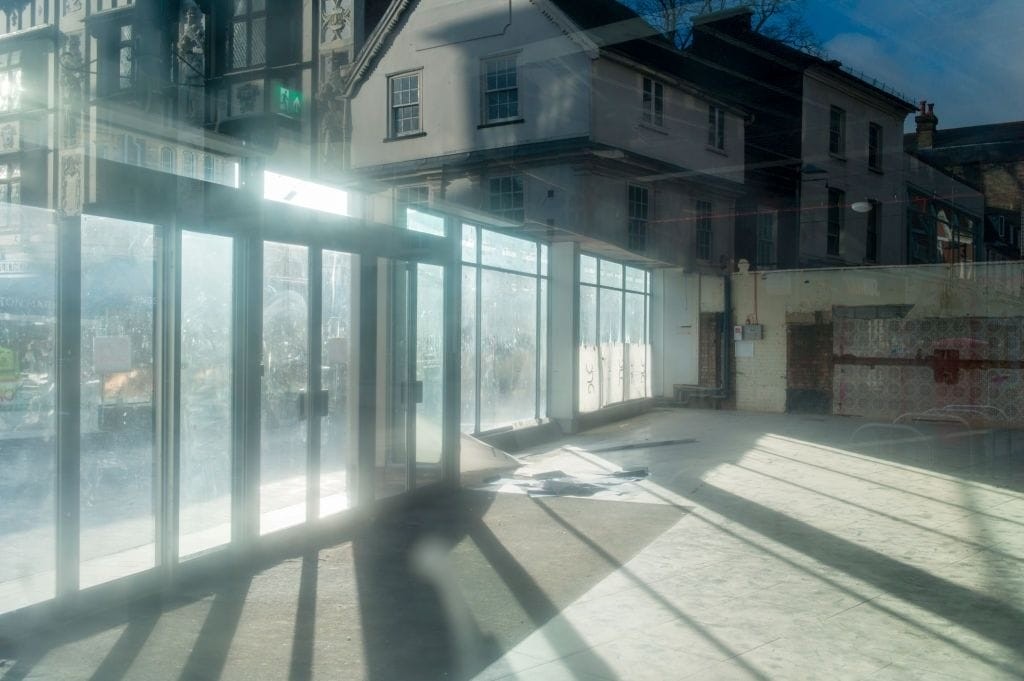
According to Robert Jenrick, the secretary of state for housing, communities and local government, this expansion of permitted development rights will regenerate and revitalise English town centres as well as help to solve the housing crisis.
The government’s idea is that converting shops, banks, offices and other no-longer-needed commercial buildings to residential use without the hassle of going through the full planning process will help high streets and businesses recover following the coronavirus pandemic and will attract footfall back to the high street. However, not everyone agrees.
Industry professionals have concerns that too much residential property in high streets will destroy town centres. In addition, there are concerns that this new relaxation of planning regulations is simply a newly widened planning loophole.
Does the conversion of shops into homes without change of use planning permission sound like a thoughtful and considered way to tackle this problem?
Whatever the truth, the effect upon the English high street could be seismic, so it is surprising that the new permitted development right rules have been unrolled without any fanfare or publicity when you consider that they might have many far-reaching implications that will affect all of us.
For industry professionals, the ability to convert Class E to residential properties will undoubtedly open up a whole new area of development. It will also enable homeowners and existing shop and office owners to maximise potential profits on a property that may be empty or home to a failing business.
However, the big question is whether this expansion of permitted planning rights really is the answer to town centre regeneration or will it actually accelerate high street decline while lowering housing standards?
So let’s find out more about the rules and regulations of this brand new piece of legislation.
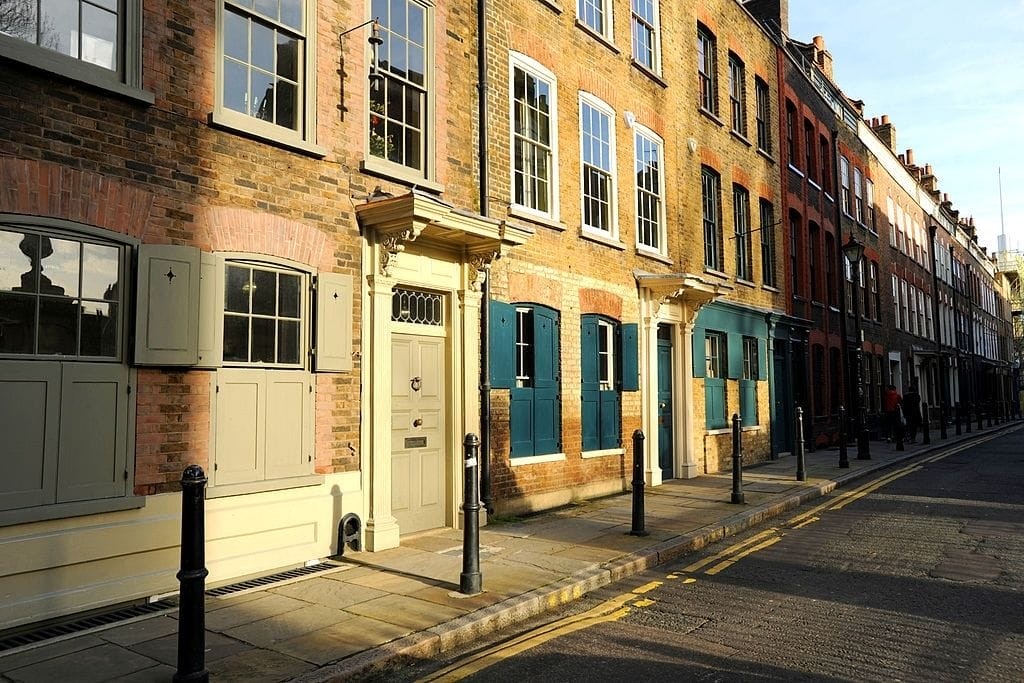
The new rules will come into force on 1 August 2021 as part of a package of changes designed to free up planning regulations. As well as the move to shop to residential conversion, the government has also relaxed the rules on the extension of public buildings such as schools, universities and hospitals.
However, it is the aim of turning retail space, offices and other commercial premises into residential properties that has got individual property owners excited because this will affect small businesses and small-scale property developers far more than the extension of public buildings.
According to Robert Jenrick, the new rules streamline the planning process. He said: “We are creating the most small business friendly planning system in the world to provide the flexibility needed for high streets to bounce back from the pandemic. By diversifying our town and city centres and encouraging the conversion of unused shops into cafes, restaurants or even new homes, we can help the high street to adapt and thrive for the future.”
This all sounds optimistic and forward-looking of course but the new permitted development right rules do side-step planning regulations. Under the cover of freedom, developers now have free rein to convert a shop to residential use without the need for a formal planning application.
Some of you reading this will know that permitted development rights to convert shops and offices into housing are not a new thing. The current permitted development rights to create new homes include Class M for ground-floor shops, Class G for the rooms above shops, betting shops and payday lenders and Class O for offices.
When the new Use Class Order 2020 and Use Class E was introduced in September 2020, bringing together a vast range of business types – shops, restaurants, gyms, banks, offices, clinics, day nurseries and more – it seemed likely that a new PDR would be introduced for the whole class. And this is what has come to pass.
But Class M – shops to homes – and Class O – offices to flats – were quite different from one another. Class M was carefully limited, with a maximum size of 150 sqm, and had clauses allowing councils to turn down conversions in key shopping areas or where the loss of the shop would deprive the residents of essential services.
And it couldn’t be used in conservation areas. Class O, on the other hand, could be used in conservation areas (and even national parks and areas of outstanding natural beauty) and had no size limits. Many of the most notorious permitted developments – with tiny, windowless flats created – were done under Class O.
The new Class MA splits the difference by having a size limit – but it’s a reasonably generous 1,500 sqm. There is no key shopping area clause or anything similar. It can be used in conservation areas – although councils are allowed to consider whether a ground-floor conversion in a conservation area is acceptable to them – but not in national parks, AONBs etc.
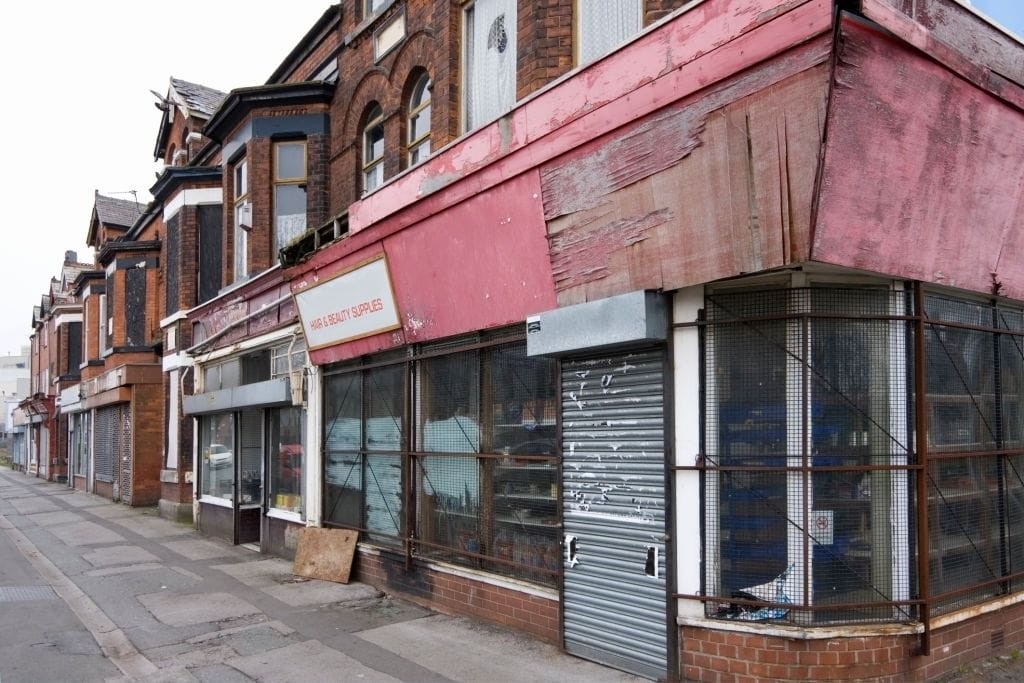
One thing that is different from both Class M and Class O is that these new permitted development right regulations require that the property has to have been vacant for three months before any application can be made.
Another is that you won’t be able to use permitted development rights to building extra storeys on the building, as you could do with some Class O conversions.
A major change is that under the old rules, shops or offices had to have been in that use since 2013. Under Class MA, they only have to have been in Class E (or one of the old use classes that has been absorbed into Class E) for two years.
You should be aware you can change part of the building, not the whole thing, including leaving the ground floor in commercial use and making the upper floors residential.
And under the recent rules that apply to all new homes created under permitted development, every habitable room must get natural light and the flats or houses must meet minimum space standards.
Does converting shops into homes without planning permission really help the crisis on the high street or solve the lack of adequate housing?
According to retailers, a major issue for high street shops is the factor of high rents and business rates. These are not addressed in any way by the new legislation but are the main concern of many shop owners who are trying to operate in a depressed market.
As well as the new permitted development right rules for converting a shop or business premise to residential, the government have outlined some further initiatives to regenerate the high street. Some of these could be of benefit to business owners.
So what else is on offer?
However, the biggest change to the high street is definitely the relaxation of planning regulations concerning the change of use commercial to residential properties.
Let’s take a look at this subject in more depth.
The core thing to know is that instead of a full planning application that will be subject to both local rules and the aesthetic tastes of the planning officer or planning committee, you will be able to convert a shop, an office, a bank or a clinic to residential using a prior approval application – essentially a checklist set by the national government.
Many first-time investors are being encouraged to enter the housing market on the back of these new rules. Some industry professionals recommend that landlords and buy-to-let investors could take on several projects at once.
And with the government favouring brownfield development for housing, these changes to the planning process will undoubtedly have an impact on town centres and the UK high street.
Class MA prior approval applications will be assessed by the local authorities. However, one important thing to know is that unless the authority makes the decision to reject the proposal within a limited time, approval is granted by default.
The consultation process carried out by the local authorities will examine the following criteria but as long as these conditions are met, any application should be met with approval.
So what are the criteria? Under Class MA change of use from commercial to residential, the local planning authority is allowed to consider the following issues:
Although these guidelines are fairly clear, there are no rules in place that guarantee the preservation and balance of local areas when it comes to commercial buildings and shops.
Remember: Robert Jenrick has created the relaxation of the planning rules to reinvigorate the town centres and the high street. The danger is that if there is too much residential development in the high street, town centre or industrial park, it could lead to an area turning into a dormitory town with no town centre or employment activity.
Many developers will be aiming to avoid going for planning permission. That’s understandable: the local planning authority could well turn you down, you’ll probably have to provide private outdoor space and – depending on how large the conversion is – you might have to provide some affordable housing.
But there are advantages of going down the planning permission route – it means you can think much more about a design that works for homes, especially in terms of creating new windows or being able to add to or adapt the outside of the building. We think smart developers will use their permitted development rights for shop or office to residential conversions as a fallback position while applying for full planning permission.

When it comes to converting commercial buildings to residential properties, there are numerous practical difficulties that must be considered. The shape of the rooms, access, light, heating and everything that is required for a home must be somehow created out of a building that was originally designed for a different purpose.
This is nothing new. There has been new housing created from industrial and commercial buildings and in many cases these have not been successful.
A famous example of a bad conversion is Terminus House, a former office block in Harlow Essex that has been described as a human warehouse for its 214 residents and is considered no better than a slum.
Other dodgy conversions include dwellings that only have skylights and no windows and others that are so small they are not much bigger than a prison cell.
Following widespread criticisms of these earlier permitted development conversions, the government belatedly made some key changes that cover all new homes created using PDRs. These are as follows:
These requirements will apply to all Class MA prior approval shop-to-residential conversions.
In theory, councils do still have a power they can use to stop people from turning shops into homes without planning permission. These are called Article 4 directions, which suspend permitted development rights in a given area.
In the past, several London councils, for instance, used Article 4 directions to prevent Class O office to residential conversions in important business areas of their boroughs. These Article 4 directions preventing office (or any other) to residential conversions will stay in force until 31 July 2022.
However, when seven central London councils (Westminster, Camden, Lambeth, the Royal Borough of Kensington and Chelsea, Southwark, Tower Hamlets and Wandsworth) attempted to bring in Article 4 directions to block Class MA in key parts of those boroughs, they were overruled by central government. The minister argued that the councils were overstretching their power.
Nevertheless, some councils will have managed to block Class MA in specific office or shopping areas. If you are interested in using this PDR, do double-check if an Article 4 direction has been put into place.

According to statistics, there are around 18,000 shops, restaurants and leisure outlets lying vacant, partly because of the COVID pandemic and also because of the move to online shopping.
So converting vacant retail properties into residential does seem like a win-win situation for everyone. This move is designed to regenerate the high street as well as provide support for the UK housing crisis and create jobs in the construction industry.
The government website outlines the advantages of the scheme.
Many retailers have mixed feelings about the plan. Many agree that empty shops on the UK high street have a negative impact on customers and that turning some retail outlets into housing stock will bring life back into the town centre.
However, organisations such as the British Independent Retailers Association (BIRA) have major concerns. They argue that the proposed policy:
“risks putting the long-term health of our town centres at risk for the sake of a short-term stimulus”.
There are also concerns about the quality of housing. Shop to residential conversion is unlikely to result in the creation of a high-quality home. The regulations only require the bare minimum of housing standards so it seems very likely that doing this in some areas will create a proliferation of many poor-quality homes for the rental market. In desirable areas, such as popular conservation areas and coastal resorts, changing a shop to residential use could result in destroying town centres if people are attracted to moving to an area that has a lack of available properties to buy.
Although turning shops into homes is a quick way of adding to brownfield housing development, it is unlikely to have a major impact on the housing crisis.
There is only a limited supply of suitable commercial properties available and although the expansion of permitted development rights will help maximise what can be done with unused shops, the danger is that this move will actually destroy the fabric of the town centre by removing retail outlets and replacing them with low-quality housing.
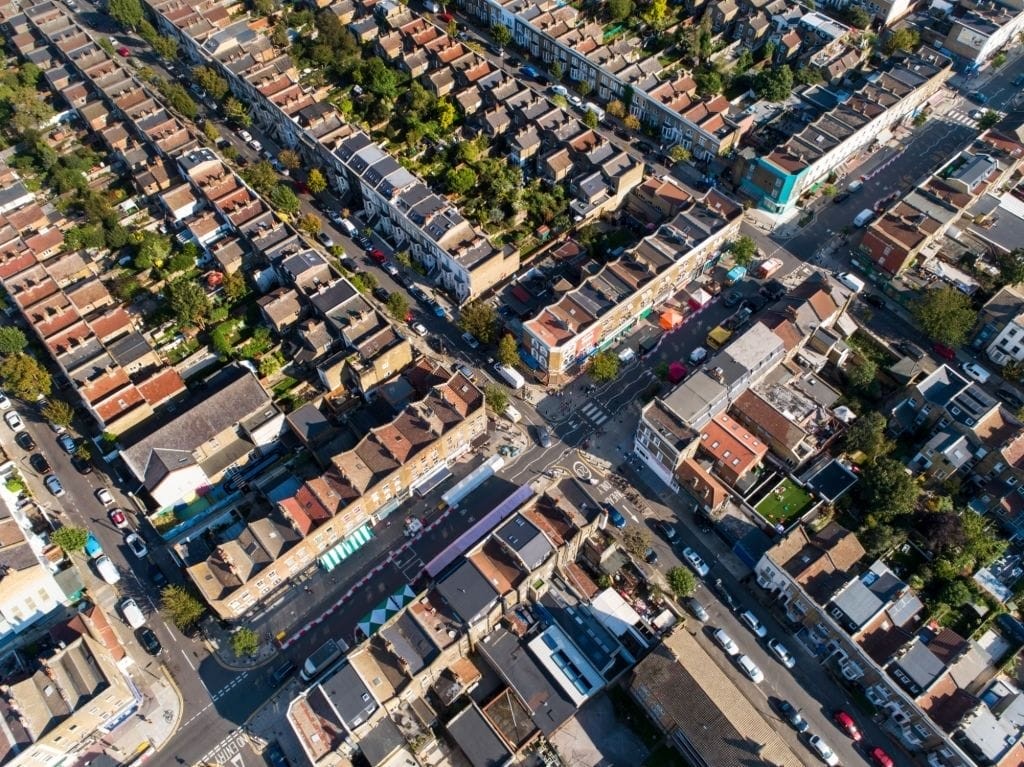
Although the idea of turning empty shops that are doing nothing into new homes – which are in high demand and short supply – seems like a good one, the truth is that this does nothing to solve the housing crisis.
The housing crisis is complex but it was not created by too much red tape or existing planning regulations. This means that deregulating the planning process will not solve it either.
There are numerous disadvantages of turning even unused shops into homes. For the high street retailers, there are extremely worrying implications. Over 27 professional bodies have urged the government to rethink the policy in an open letter, saying that turning unused shops into residential property is not going to revitalise the town centre.
According to reputable trade organisations – including the directors of the Association of Town and City Management, the British Independent Retailers Association and the National Federation of Independent Retailers – retail to residential conversion:
"does not draw footfall, does not support new businesses, reduces the potential for business growth and will undermine the viability of existing retail, cultural and commercial activities".
In addition, turning shops into homes is not a move that will improve the quality of housing. All the major property industry professionals are against the new deregulation because it will lead to an increase in substandard housing for the future.
There already have been many housing developments situated in old industrial buildings and office blocks and they are always vastly inferior to new property buildings.
The new rules stipulate that each dwelling must have basic floor space and a window. This has been heralded as a triumph for maintaining housing standards but it just shows how far this government has sunk. That said it is an improvement of sorts.
Remarkably previous conversions have created flats that are no larger than a room in a Travelodge and have no windows, but with the bar set so low for new housing, it is hard to imagine that we are in 2021 and living in a so-called civilised country.
According to industry professionals, turning unused shops into houses is a short-sighted policy that will only add to the housing crisis further on in time.
As RIBA president Alan Jones points out: "Even the government's own advisors concluded that permitted development had 'permissioned future slums' – allowing sub-standard homes to be built with little to no natural light and smaller than budget hotel rooms."
The Royal Town Planning Institute has issued a dire warning, saying: “While we recognise the need for greater flexibility, expanding PD rights in this way would not only tear at the fabric of local character, weaken the capacity to deliver locally agreed visions and further jeopardise the vibrancy of our high streets and town centres, it could also lead to a huge increase in poor quality homes for the poorest in our society.”
Obviously, there will be some success stories with the new PDR regulations. Some struggling businesses on the high street will certainly welcome a way to actually make some money out of their property. And buy to let investors and landlords will certainly profit from the lack of planning restrictions.
However, this is not the solution to revitalising the high street and preserving the town centre for the future. If anything Robert Jenrick has just sounded the death knell for the UK high street because once the centre of the town has been replaced by low-quality low-cost housing, it seems unlikely that it will ever recover.

Nicole I. Guler BA(Hons), MSc, MRTPI is a chartered town planner and director who leads our planning team. She specialises in complex projects — from listed buildings to urban sites and Green Belt plots — and has a strong track record of success at planning appeals.
We look forward to learning how we can help you. Simply fill in the form below and someone on our team will respond to you at the earliest opportunity.
The latest news, updates and expert views for ambitious, high-achieving and purpose-driven homeowners and property entrepreneurs.
The latest news, updates and expert views for ambitious, high-achieving and purpose-driven homeowners and property entrepreneurs.
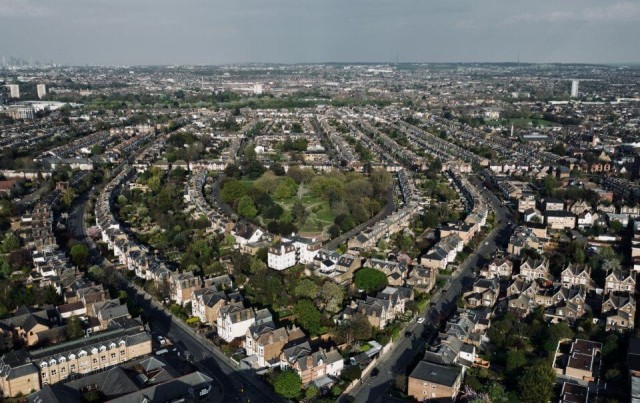
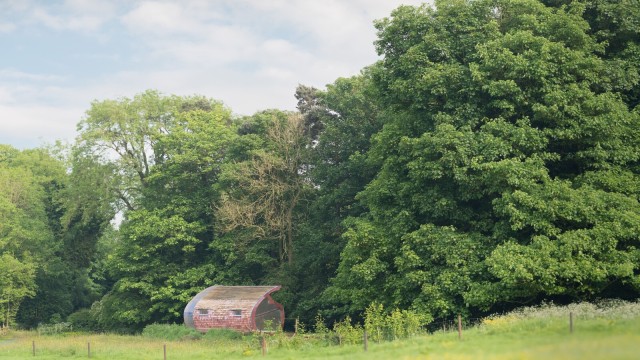




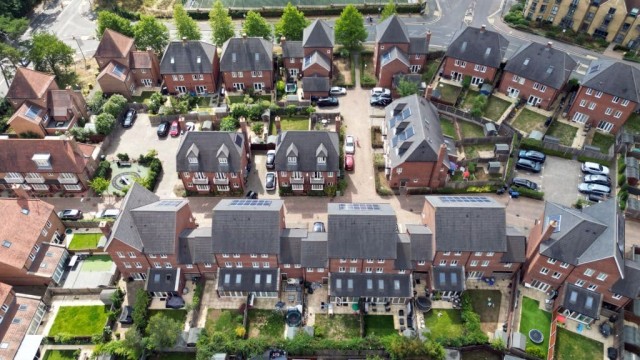


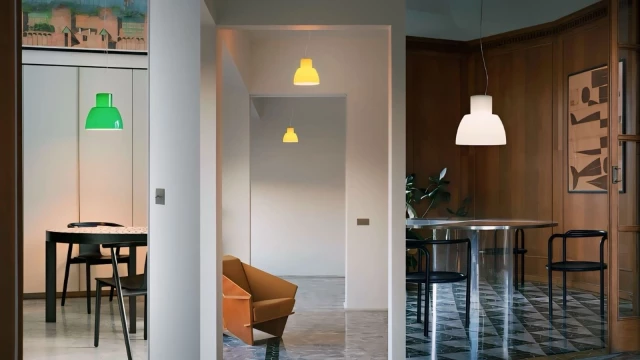
We specialise in crafting creative design and planning strategies to unlock the hidden potential of developments, secure planning permission and deliver imaginative projects on tricky sites
Write us a message